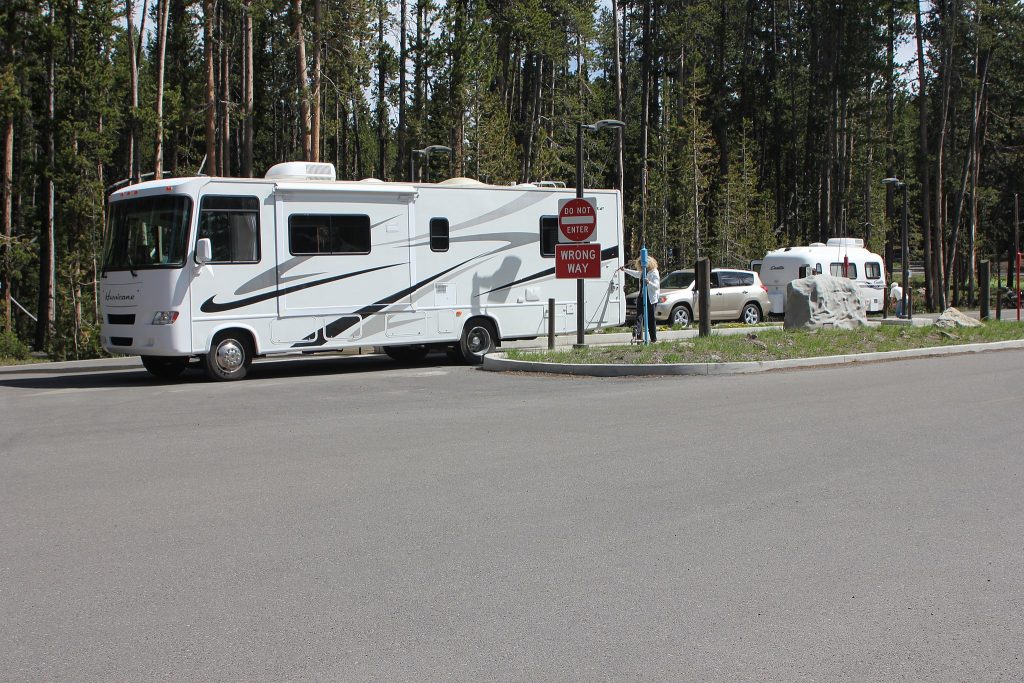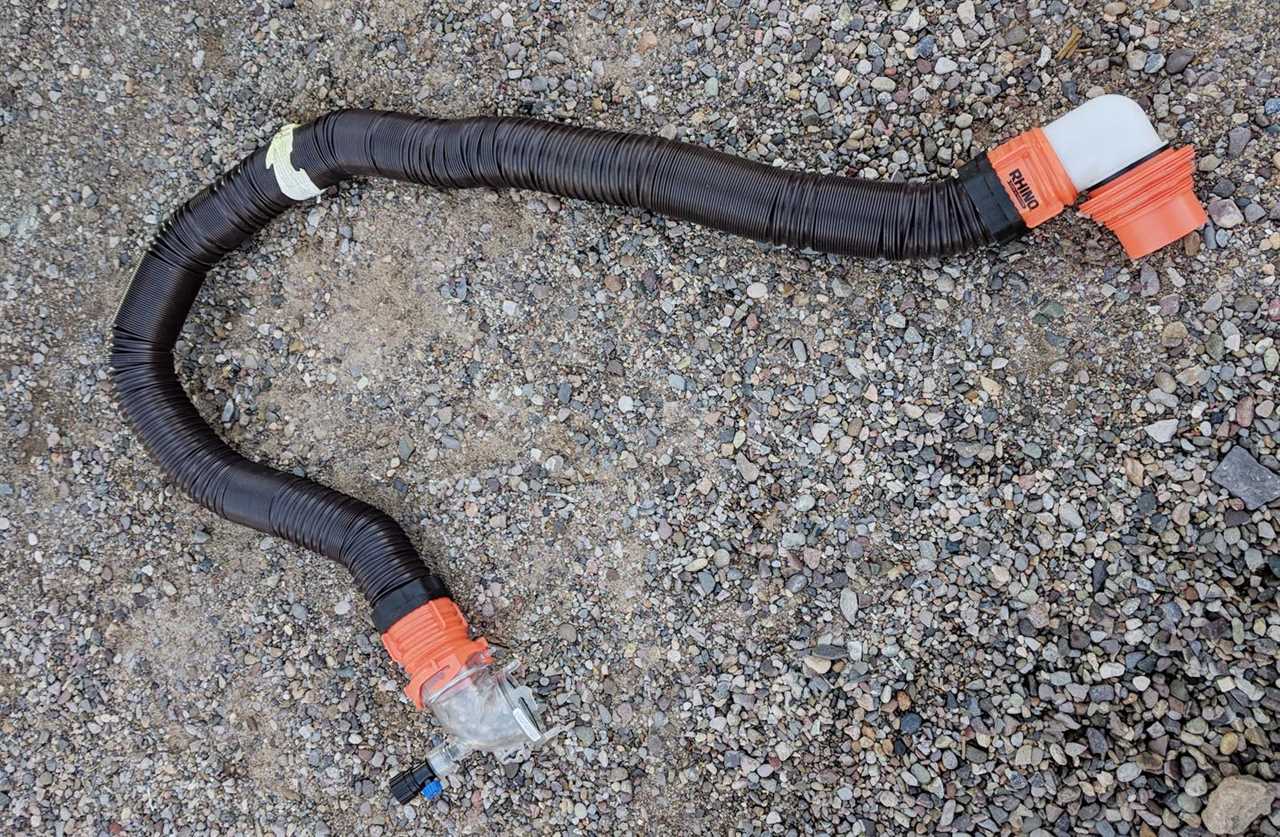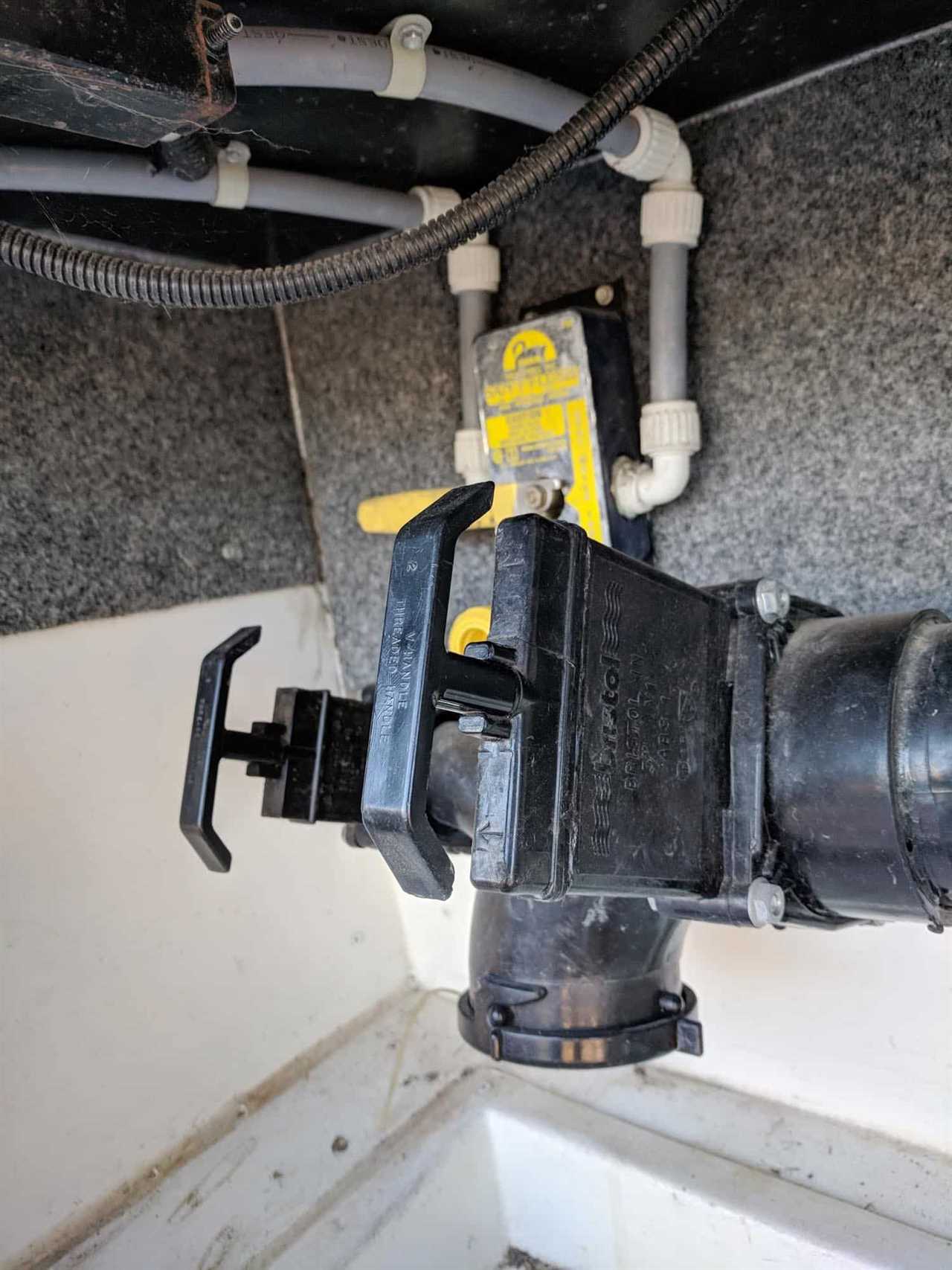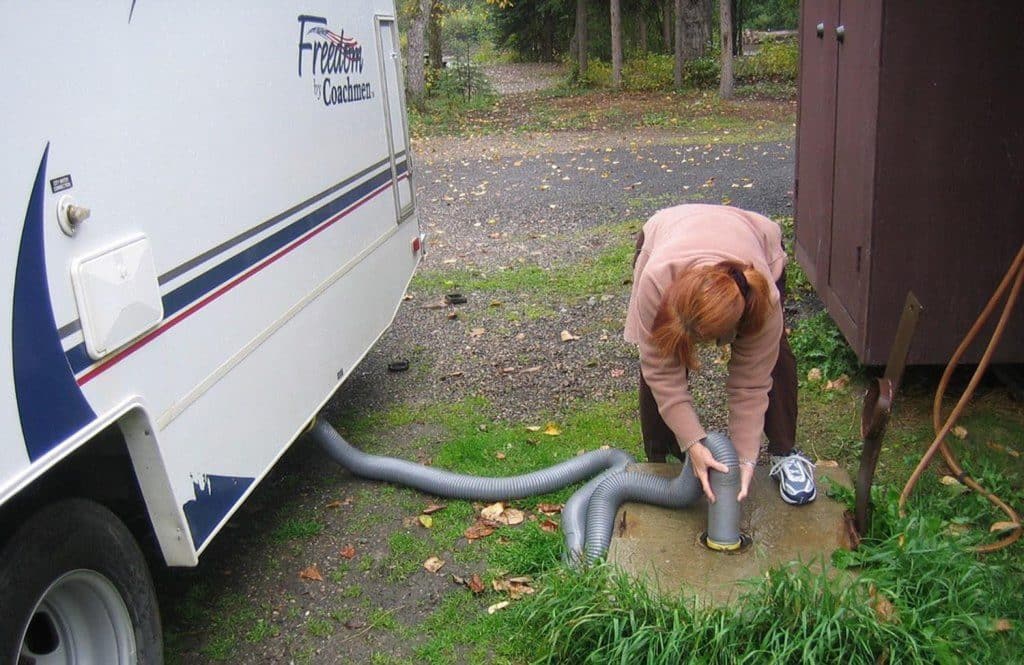Have you considered hitting the road in a motorhome or travel trailer, but you’re just too intimidated by going it alone? There are thousands of “solo travelers” that have thrown their reservations aside and jumped into RVing with both feet and we want you to become one! That’s why Camping World has put together a series of articles to encourage those who want to travel but haven’t quite figured out how to do it alone.
Today we’ll deal with fears surrounding the black tank. Join us and Learn How to Handle the Dirty Work, so that your dream of solo travel doesn’t get flushed down the toilet.
You Don’t Have to Get Dirty

I think we all can admit that dealing with the toilet and dumping the black tank on our RVs is something we wish to avoid at all costs. I mean, no one signs up for RVing with the goal of being a great sewer technician. However, because we are solo travelers there is no one else to hand off this less-than-appealing task to.
With that said, I can tell you that it doesn’t have to be a dirty chore. With a few pieces of select equipment, you can conquer The Dump Blues in a matter of minutes without ever getting your hands soiled.
The Necessary Equipment

You don’t need much, but here’s a look at what you do need to get this job done:
- Sewer Hose
- Clear Sewer Hose Elbow
- Sewer Hose Supports
- Garden Hose
- Disposable Gloves
These are the most important pieces of RV sewer equipment, but you might be interested in other sewer accessories depending on your RV and personal preferences.
Getting Down to Business

Before you hook up any equipment, let’s check a few things. Pop those gloves on and make sure your sewer hose doesn’t have any small holes in it. I would even suggest purchasing a new one before you start the camping season. If you do want to test it, the best way is to stick the downstream end of the hose in the sewer hookup and run clean water through it.
Be sure to use a water hose that is NOT utilized for your freshwater intake on the RV. You do not want to mix up the two, for obvious hygiene reasons.
When you’re content with the state of your sewer hose, locate your tank valves. You should have a black tank valve (containing toilet wastewater) and a gray tank valve (containing water from the sinks and shower). Make sure the valves are closed before continuing.
Connect your clear elbow to the downstream end of your sewer hose. Then put that end in the sewer hole at a dump station or at your campsite if you have a sewer hole there. I would suggest putting a large rock or anchor on top of the hose at the hole to make sure it doesn’t move while wastewater is running through it.
Move the other end of the hose so that it’s under the sewer outlet on your RV. Then take the cap off the outlet and attach the bayonet fitting on your hose to it. At this point, your high school physics class will finally come in handy—and you thought you’d never use it!
Gravity flows downhill and so will your wastewater, so make sure the sewer hose goes downhill from the tank into the dump station hole. Graduated sewer hose supports are great for creating this gentle decline, regardless of the terrain below.
When everything is hooked up, your setup should look something like this:

Now you are ready to open the black tank gate valve and let it empty completely. You will know this by watching the clear elbow on the sewer hose (genius, isn’t it?

). Once it is empty, close the black tank gate valve and open the gray tank gate valve, repeating the process.
When both tanks have been emptied, you have some choices. If your RV is equipped with a black tank flush, you can use that to clean out your black tank as well as your sewer hose. You’ll just need to close the gray tank valve and make sure the black tank valve remains open. Learn more about how to use an RV black tank flush if you have one before giving this a try.
If you don’t have a black tank flush, start by attaching a garden hose to a nearby water spigot (at your site or at the dump station). Make sure both gate valves are closed before unhooking the sewer hose from your RV’s sewer outlet. Put the sewer hose cap back in place now!

Keep the other end of the sewer hose in the dump station hole. Turn on the spigot and rinse the sewer hose out completely before storing it in a plastic garbage bag or your sewer hose compartment, if applicable.
Cap the sewer hookup at the dump station or your campsite to finish this process. Then, wash your hands thoroughly and that’s it! You have completed a rather crappy job without getting your hands dirty.
Keeping It Clean

PC Camping World
One little note: you will want to clean out your holding tanks on occasion, and there is an easy way to accomplish that, as well. The black tank flush is the best option for cleaning out your black tank, but not everyone has that option.
There are sewer fittings that come with an appendage where a garden hose can be attached. Keeping the gate valve open to either your gray or black tank will allow you to run water through the tanks and back out into the sewer dump hole before you even detach the sewer hose. So that nifty little elbow is helpful in a number of ways!
In addition, you can also leave your sewer hose connected with the tank valves open and go inside to run water down your RV toilet and sinks. Another solution that folks use is to close the tank valves and add 5-10 gallons of hot water to your tanks. RV tank treatments will also suffice in place of plain hot water.
Some people disconnect their sewer hoses and then drive around with that hot water swishing around in their tanks to clean them out. Others simply allow the steam from that hot water to loosen residue inside tanks before they open tank valves and empty them again.
With practice, you can have your tanks emptied and cleaned in five to 10 minutes. Then you’re ready to hit the road for another solo adventure!
Have any tips not mentioned here? Leave a comment below.
By: Shelley Dennis
Title: Solo Travel – How to Handle the Dirty Work
Sourced From: blog.campingworld.com/rv-basics/solo-travel-how-to-handle-the-dirty-work/
Published Date: Fri, 27 May 2022 14:00:40 +0000
---------------------------------------------
Did you miss our previous article...
https://outdoorsnewswire.com/camping/5-cookout-recipes-for-a-memorial-day-barbecue-blast
 CampingSurvivalistHuntingFishingExploringHikingPrivacy PolicyTerms And Conditions
CampingSurvivalistHuntingFishingExploringHikingPrivacy PolicyTerms And Conditions
